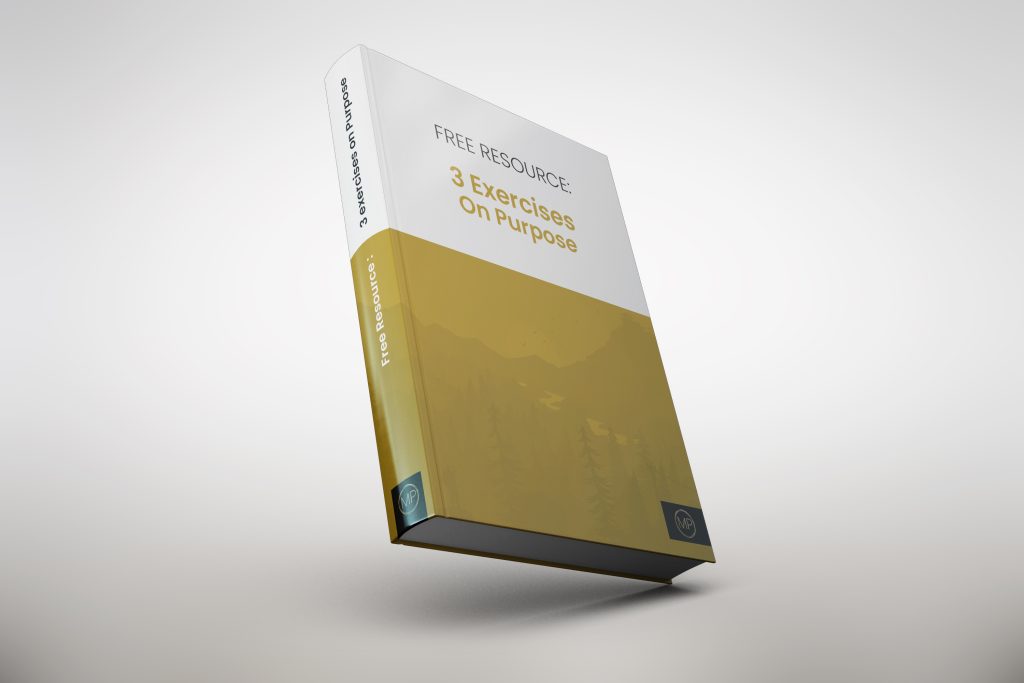Meditation is a powerful and beneficial tool, and for pregnant women, meditation may go beyond simple relaxation with studies indicating that practising during pregnancy can lead to better health and wellbeing pre and post-natal.
It’s natural to feel stress during pregnancy – it is one of the most challenging experiences a woman can go through. Both body and mind are stretched to their breaking points as a new life grows inside you. However, evidence has shown that when a mother experiences too much stress, this can affect an unborn child[i] in several ways, making it vital for expectant mothers to stay in tune with their bodies during pregnancy and learn techniques to keep stress levels dow.
In this article, we look at how pregnancy meditation can reduce stress and help you to stay calm and collected during your pregnancy and after giving birth. Meditation in pregnancy can be a powerful way to channel good energy for yourself and your baby while ensuring that you can control periods of stress and strain.
What is Meditation?
Meditation is a practice in which focus is brought to breathing and our thoughts helping to train for awareness. Through meditation as a mindfulness technique, we can develop better techniques for controlling stress, negative thoughts, and unpleasant emotions.
By practising meditation regularly, we are better able to regulate emotions in the long term and we also achieve greater mental clarity.
Read More: What Is Meditation?
Benefits of Pregnancy Meditation
Mindfulness and meditation go hand in hand when it comes to providing benefits to pregnant women. There are many ways that pregnant women can positively benefit including:
- A reduction in stress, anxiety, and fear
- Normalising blood pressure and heart rate
- Forming a connection with the baby before birth
- Gaining greater awareness of the body
- Assisting with recovery after birth
- Improving sleep.
There is a range of meditation styles, with no one meditation style being ‘right’. Instead, many pregnant women find that they try a range of styles before settling on the technique that is right for them and their mental symptoms.
Meditation Styles
Below, we’ve given some examples of the types of pregnancy meditation styles you can practice. If you find one doesn’t work or is unsuitable for your needs, we encourage you to try another style. Remember that meditation requires practice and perseverance. Please check in with your maternity nurse or general practitioner about meditation and your breathing before exploring.
Deep Belly Meditation
If you want your focus to be bringing about relaxation as well as connecting with your baby, deep belly meditation could be the perfect option for you. To carry out a simple deep belly meditation follow these steps:
- Find a comfortable space where you won’t be disturbed for at least 10 minutes. Either lay down or sit down on a cushion or sofa and place both hands on your belly.
- Connect with your baby by choosing to hold them in your belly and make an attempt to tune in here.
- Next, breathe in slowly for 7 seconds through your nose and push the energy into your belly and then out for 7 seconds through your mouth.
- Repeat this for as long as you feel necessary to bring about a state of relaxation.
Mantra-Focused Meditation
Mantra meditations are a wonderful way of affirming love for yourself and your baby. These types of meditations are particularly useful as your birthing time nears and you want to reduce stress and fear. Here is how to practice a mantra focused meditation:
- Find a peaceful place in your environment and either sit or lay down. Place one hand on your heart and the other on your belly and practice some deep, intentional breathing.
- Next, say out loud a mantra of your choice. Here are some good examples to help you choose one or more that you can relate to:
- I trust that my body knows what to do
- My body and my baby’s body are healthy
- I can give birth and love my baby
- Giving birth is a beautiful gift
- I have so much love for myself and my baby
- I am surrounded by love and support
- I relax and my baby relaxes with me
Spend some time repeating the mantra or mantras out loud until you feel your fear and stress reduce or dissipate.
Getting started with Pregnancy Meditation
If you have never practised meditation before, you may not know where to start. Many people mistakenly think that meditation is a rigid practice when it is far from this. The purpose of meditation is not to have no thoughts at all it is natural for thoughts to come and go as you practice.
Below, you’ll find a step-by-step guide on a simple mindfulness meditation practice that you can follow to get familiar with meditating during pregnancy:
- Set your intentions – Before you begin, set an intention to practice meditation consistently. The key to success with meditation is to practice regularly. As mentioned, many people mistakenly think that meditation is all about having a clear mind. While this is the end goal for well-versed Buddhist monks, they too will tell you that it is completely natural to have thoughts as you meditate and to not let a ‘bad’ meditation session prevent you from practising again!
- Get comfortable – Find a seat or lay down somewhere comfortable in your home or your environment. Choose a place that is calming to you – perhaps this could be your garden or even a special place that has meaning for you.
- Time it – Set a time limit, to begin with. We recommend 10 minutes as a good initial meditation period as you acquaint yourself with the practice. You could use a phone timer to remind you of this time limit!
- Relax and meditate – Take a couple of minutes to close your eyes and ease yourself into a relaxing breathing rhythm. You may want to place one hand on your belly and connect with the different areas of your body using a scanning technique. Start with your head and focus your attention on the physical sensations you are experiencing. Move down mentally throughout your body and notice any feelings you may have such as aches, tingling, tickles, or anything else. Breathe gently and intentionally into these areas visualising tension releasing as you do.
- Stay aware – If your mind wanders during this scanning process, don’t worry. Simply bring the awareness back to your body and your bodily sensations. Remember to be kind to your wandering mind, our minds are naturally distracted.
- Finish – Once your timer goes off, gently open your eyes and return your breathing to normal. Your mindfulness meditation has now come to an end.
View our resource on mindfulness meditation for beginners
Postnatal Meditating
In addition to being highly beneficial during pregnancy, meditation can also help greatly after birth. Many women find postnatal meditation to be helpful, especially when used alongside other well-being activities. Postnatal meditation can help you to better connect with your newborn and can be highly valuable for helping you come to terms with the new changes in your life.
Naturally, you will have all kinds of thoughts after giving birth; from protecting your baby to accepting your new body image, affirmation meditation, mindfulness, and breathing are all techniques to harness and use regularly.
Pregnancy Pilates is also highly recommended after giving birth as a way of regaining strength and reconnecting with your body. As a slow and low-intensity approach to physical activity, Pilates focuses on practising exercises alongside mindful thinking.
Another activity you could turn to after birth is yoga. Similar to Pilates, yoga focuses on connecting the mind with the body to aid recovery and relaxation.
By adopting a good well-being postnatal routine that encourages a healthy body and mental state, you’ll feel more energised and able to cope with the stressors of being a new mother. Of course, giving birth brings about various challenges and the transition can take some getting used to.
After giving birth it is important to remain kind to your mind and to carve out time for yourself. Meditation and low-intensity physical activity such as Pilates is a great way of doing this.
A Final Note On Pregnancy Meditation
While this guide aims to provide you with tips and advice for navigating meditation during pregnancy, you may find that it takes some time to ‘enjoy’ meditation practice. Many people give up prematurely on meditation as they find it to be tricky, and we understand why!
Meditation can be quite daunting as we sit with our thoughts and bodily sensations. However, during pregnancy, meditation is a wonderful way of observing and acknowledging the remarkable changes your body is going through and of course, connecting with the baby that is growing inside of you.
By meditating throughout pregnancy, you may achieve greater control over your physical symptoms and you’ll certainly benefit from a calm state of mind. And, as mentioned, meditation has been proven to positively impact your baby even before birth as you reduce your levels of stress as a result.
Meditation used alongside a healthy diet, low-intensity exercise, and other relaxation techniques can ensure a healthy and positive pregnancy.
Sources
[i] https://www.frontiersin.org/articles/10.3389/fpsyg.2019.02179/full


